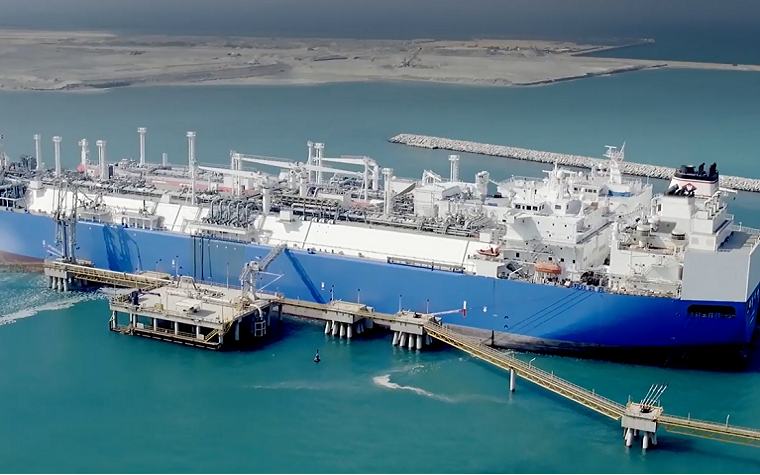Excelerate Energy recently tested its freshly improved floating storage and regasification unit (FSRU), Explorer, and is happy to say the vessel has set a milestone as an FSRU.
The send-out performance test allowed Explorer, which is currently bound in a long-term charter to Dubai Supply Authority (DUSUP) at the Jebel Ali LNG Import Terminal, to reach a capacity of 1.0 Bcf/d.
“We approach each of our projects as partnerships and work closely with our customers, like DUSUP, to provide a tailored solution that will serve their specific needs for the long run,” Rob Bryngelson, president and CEO of Excelerate, said. “We are committed to investing in the advancement of our technology to achieve this.”
DUSUP originated a long-term contract with Excelerate in 2014 in efforts to meet the increasing demand for natural gas in the Emirate. The Time Charter Party Agreement calls for Excelerate to reconstruct the FSRU, making it bigger and more efficient. The restored FSRU will replace DUSUP’s current regasification vessel.
Modifications to the Explorer began in October 2015 and were finished less than three months later in December. Excelerate made many changes to the FSRU including, installing new high-pressure (HP) vaporizers and HP pumps to increase regasification send-out capacity from 690 MMcf/d to 1 Bcf/d. DUSUP will now be able to adapt to market conditions as the increase in regasification capacity provides for the company to import more LNG cargoes.
A dual-fuel diesel generator power module -- which offers more fuel-efficient power generation for FSRU services -- was added to the FSRU. The final major change to the vessel was the addition of the world's first LNG bunker port. This feature allows small-scale LNG off-takers to bunker LNG straight from the FSRU.
Excelerate now has the versatility to assist DUSUP in providing small-scale LNG supply services to the local region.
“Also significant is that even though the Explorer was commissioned in 2008, with upgrades, she has achieved the highest send-out rate of any FSRU in the world,” Bryngelson said. “Proving that a new-build FSRU is not always the best option, especially when timing is critical.”




 Alerts Sign-up
Alerts Sign-up